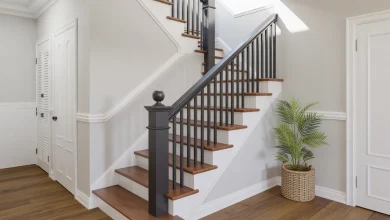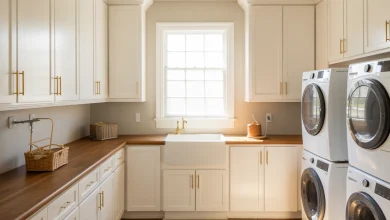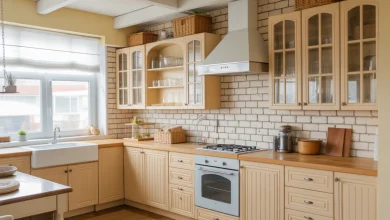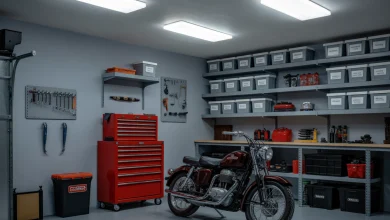Tips for painting walls in a professional manner
Beware of unpleasant surprises. Choose the right material to prepare for the work in advance.
What you need for the job:
- A plastic sheet to protect the floors;
- special painter’s tape;
- a paint reservoir;
- rollers;
- Telescopic handle (for ceilings, high walls and hard-to-reach places to paint);
- Brushes of different sizes for painting corners, baseboards and small areas;
- stepladder or ladder;
- a device for sanding walls;
- primer for wall preparation;
- work clothes.
Prepare the work area
If only the walls were already perfectly smooth to paint directly. This is not the case, but there are many solutions. With a special paste, you can fill holes in the wall in no time. Then allow to dry before sanding and applying primer. If irregularities are present, sand the walls to smooth them out. This step is tedious but necessary to get flawless walls. If you want to change the color of the walls and they are already clean, wipe them with a sponge with a slightly diluted all-purpose cleaner.
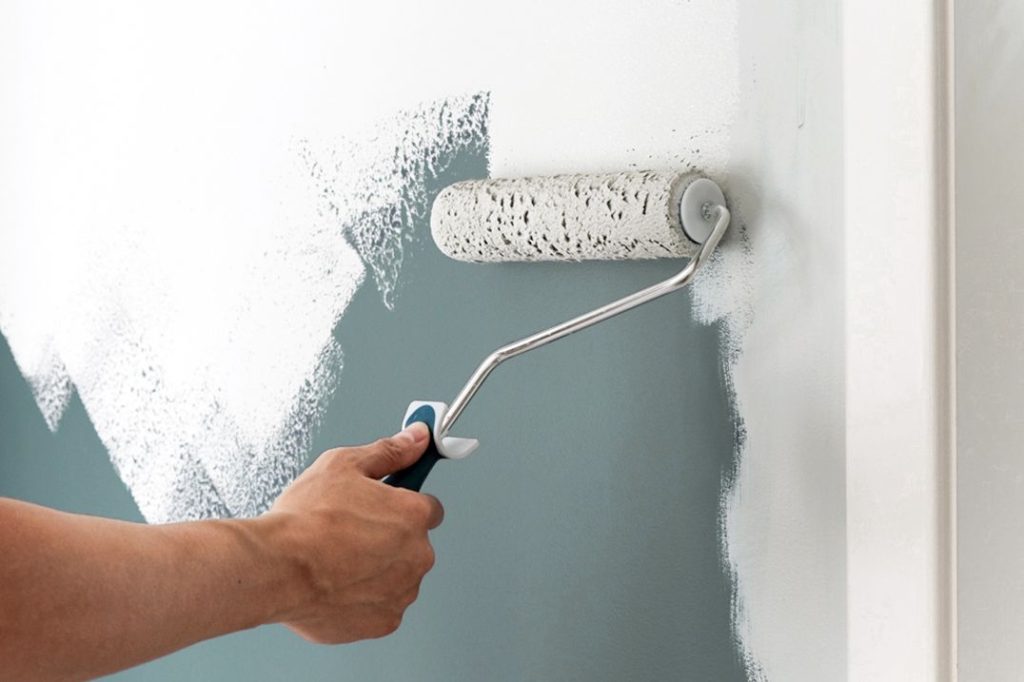
As for wallpaper lovers, there are two solutions:
- remove the wallpaper with a suitable liquid or steam cleaner (especially if it is embossed wallpaper);
- paint over the top with a special primer.
Once you have completed these steps, prepare your workspace. Turn off the power before removing switch covers and electrical outlets. Then move on to installing the coating. Get bigger material to fold up if it gets too messy, and wrap with duct tape to hold it in place.
Paint in a logical sequence
Before you start, be sure to know what paints to use for each room. If you decide to paint the bathroom (it’s trendy), buy special paint for wet areas, otherwise it can peel off quickly. Same with exterior finishes: there are specialty paints that make walls stable year-round.
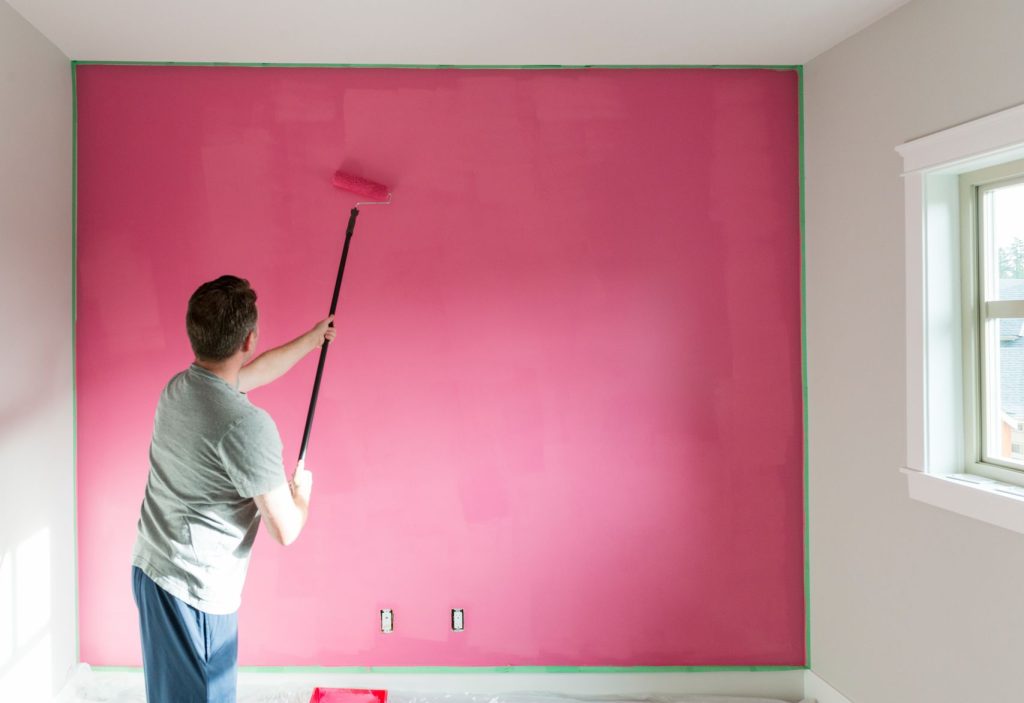
Now that you have the right paints, primer applied and dry, start painting. Take a brush with a rounded end and apply material to corners, baseboards and around switches before using a roller. Don’t get too much paint on the brushes and rollers, stretch the material to get a uniform result. If you paint the walls in different colors, painter’s tape will be an aid in delineating the space. In addition, start with light colors, which will then be masked by darker ones.
Also, the best way to avoid leaving brush and roller marks is to paint by crossing vertical and horizontal stripes. Using this trick ensures that the paint will spread evenly across the wall as if it was done by a professional.
After applying the first coat, wait 12 hours and move on to the second coat. After this effort, all that will be left to do is admire the result (and more importantly, applaud yourself)!

